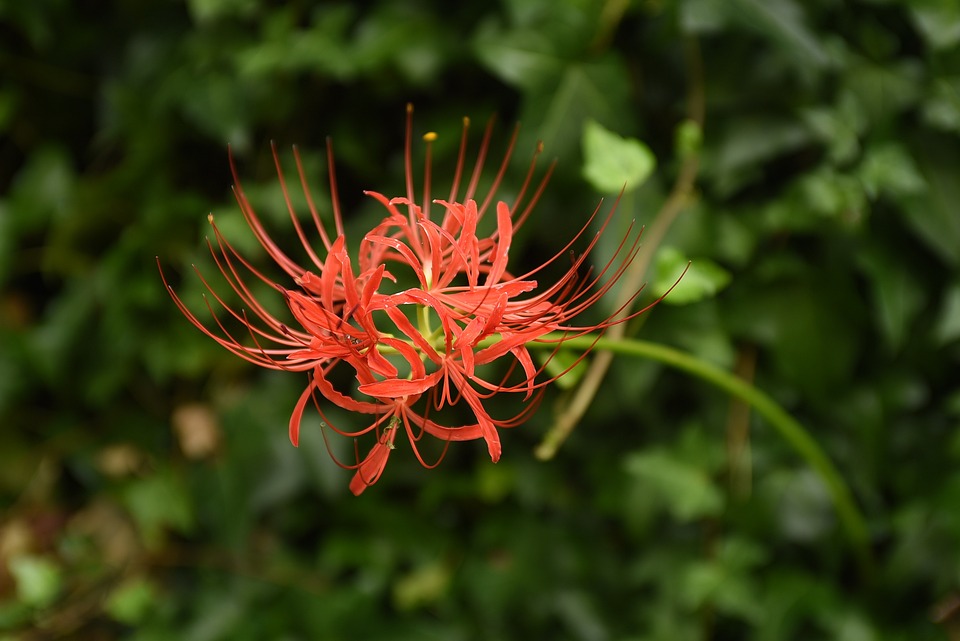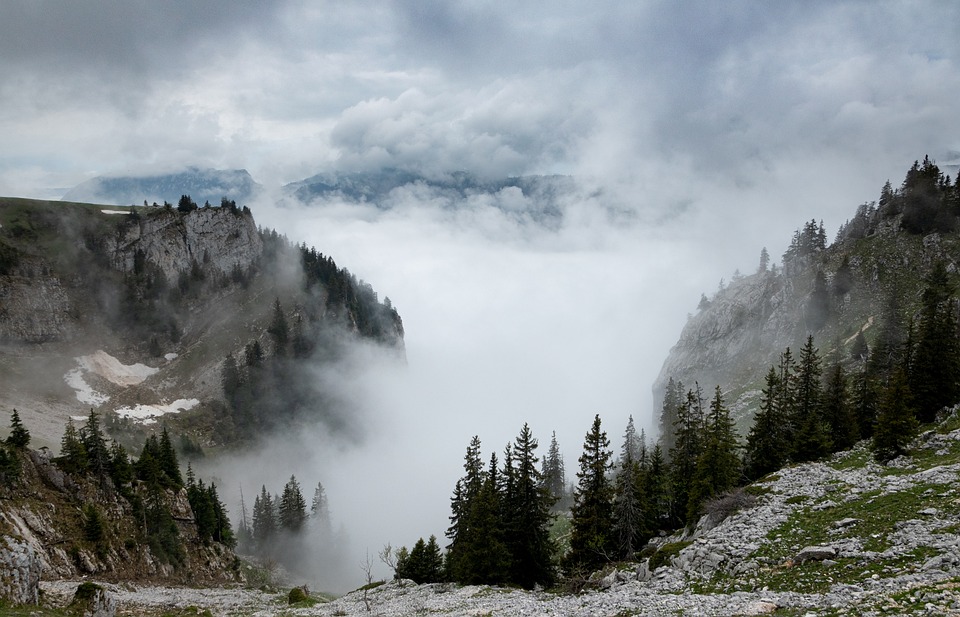Preserving the Past, Upholding the Present: Art in the Face of Revolution: A Cuban Artistic Journey
[Image: A collage of vibrant Cuban artwork, from classical revolutionary posters to modern street art, illustrating the diverse cultural expressions that have emerged on the island.]
In the heart of the Caribbean, Cuba stands as a cultural beacon. The island nation’s art has always been an embodiment of its revolutionary zeal and enduring spirit. This article explores the intricate web woven by Cuban artists, whose work has reflected, influenced, and upheld the country’s revolutionary ethos while preserving a unique cultural identity.
The Seed of Revolution: The Rise of Vanguard Art in Pre-Revolutionary Cuba
The origins of Cuban art’s political vein can be traced back to the early 20th century. Before the 1959 revolution, artists like Amelia Peláez, Wifredo Lam, and Carlos Enríquez were already experimenting with themes of identity, social change, and nationalism. Their work differed significantly from European and American art movements, focusing more on the dynamics of Cuban history and society.
Revolution and Utopia: Art as a Tool for Change
The success of the Cuban revolution came with a renaissance of art as a means to shape and express the new social order. The government created a network of workshops, museums, and educational institutions, encouraging a diverse array of artistic expressions that would serve the revolution’s ends. Offices like the Casa de Las Américas and the Instituto Cubano de Arte e Industria Cinematográficos played crucial roles in galvanizing art against imperialism and fostering a great international exchange.
Painters of the Revolution: The Propaganda and the Personal
Art was also an avenue for propaganda, with powerful, emblematic pieces depicting socialist ideals and revolutionary heroes. However, personal expression wasn’t subdued. For artists like Kcho, Saura, and Téllez, Cuban art became a narrative of the real Cuba: its beauty, its struggles, and its resilience.
The 90s and Beyond: The Globalization of Art in Cuba
Despite the Cold War’s pressures and the 1994 Special Period, Cuban art found new pathways to the world. The opening of the island’s art scene to international tourists and the ‘thaw’ in US-Cuban relations have allowed Cuban artists to flourish outside traditional confines, bringing them into contemporary global dialogues.
Evolving Spaces: From Revolutionary Battleground to Cultural Hubs
Spaces like the Museo Nacional de Bellas Artes de La Habana have become custodians of this rich artistic heritage, housing an extensive collection from the colonial period to modern times. Meanwhile, street art and outdoor exhibitions add a layer of spontaneity and resistance, echoing the revolutionary spirit in an urban landscape.
FAQs
Q: How has the Cuban revolution influenced art in Cuba?
A: The Cuban revolution provided a wave of socio-political change that artists responded to by adopting and sometimes even endorsing the political ideals. The state-sponsored art network supported and promoted works that aligned with revolutionary values.
Q: What are some of the most important Cuban art movements?
A: Cuban art history is rich with movements such as the Vanguardia in the 1920s-1940s, which combined European avant-garde with local color, race, and culture. Post-revolutionary movements incorporated social realist styles before transitioning into more diverse and personal contemporary forms.
Q: How do Cuban artists manage censorship?
A: Some artists navigate censorship by focusing on universal human experiences, using metaphor and abstract forms. Others work within or on the brinks of what is deemed acceptable by the state, while a younger generation has begun pushing the boundaries more boldly.
Q: Can Cuban art be found outside of Cuba?
A: Yes, Cuban art has a global presence, thanks to exhibitions, art auctions, and the increasing mobility of artists. International collectors and institutions are increasingly recognizing the value and uniqueness of Cuban art.
Through its vibrancy and resilience, contemporary Cuban artwork continues to tell a story woven with the threads of revolution, struggle, collectivity, and triumph. As new generations paint their own narratives, the complexity and vitality of Cuban culture persist, inviting the world to witness and participate in its unfolding saga.



